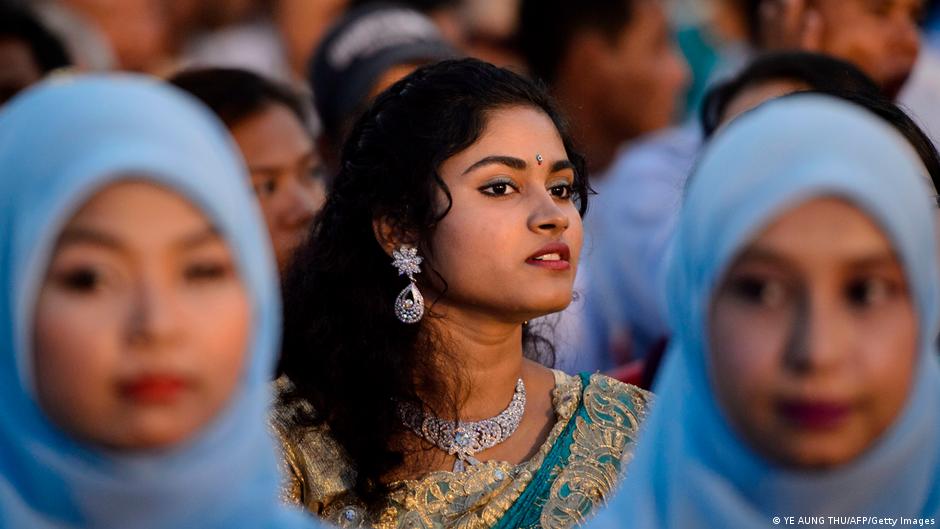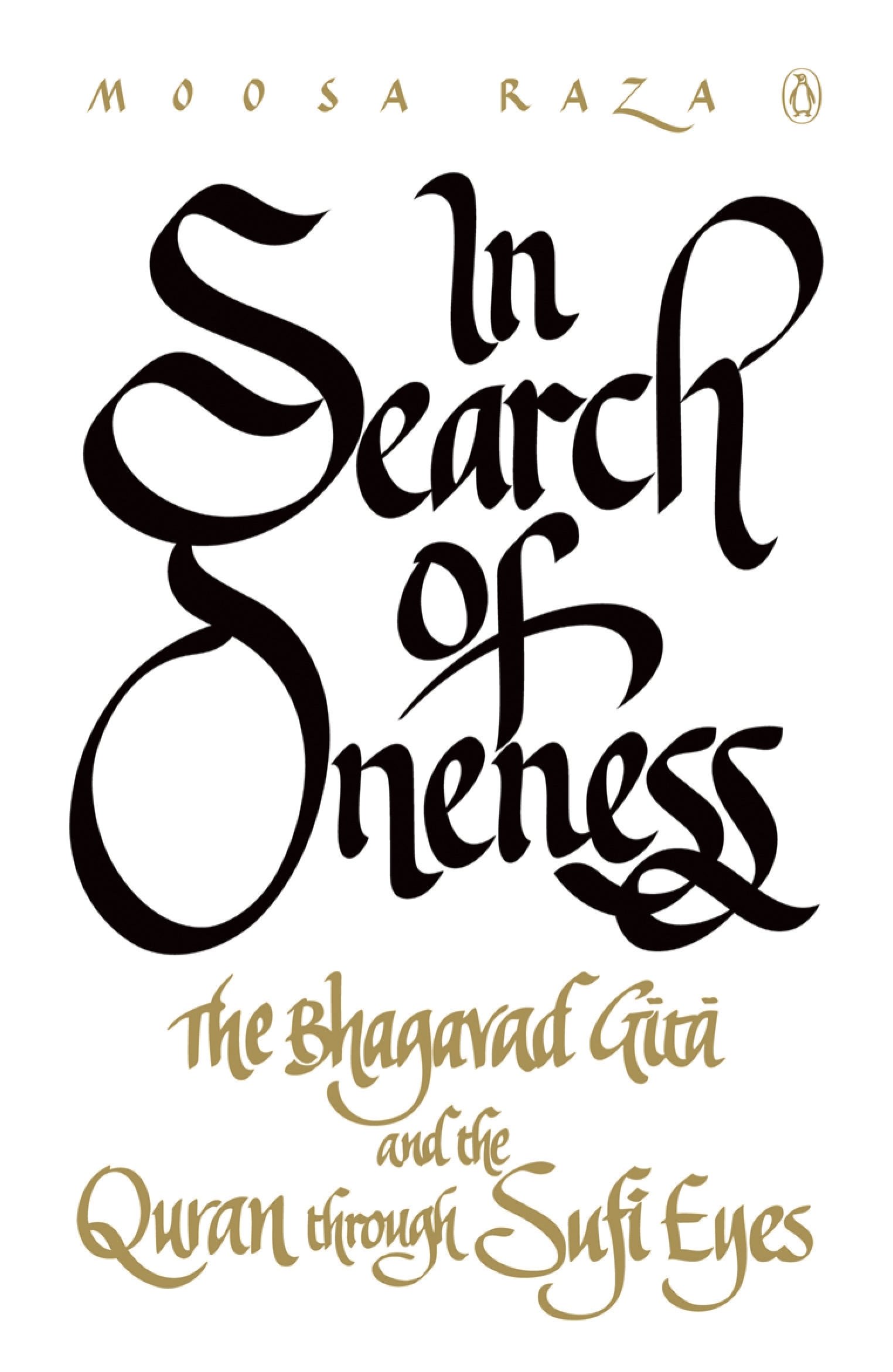What do the Bhagavad Gita and the Koran have in common?

When all signs point to polarisation, it is usually the quiet voices – those that promote authentic understanding – that get lost. This also applies to India, a country which has undergone a strong swing to the right in the last six years. Prime Minister Narendra Modi’s ongoing politics of Hindu nationalism has alienated and stigmatised the country's 195 million Muslims.
Modi continued his course in August when he appeared, under strict security measures, at the ground-breaking ceremony of a Ram temple on the ruins of a Muslim worship site in Ayodhya – a project that Hindutva activists had long fought for. Since the destruction of the Babri Mosque in 1993, the struggle for the holy site in Ayodhya has been a symbol of India's lingering interfaith conflicts. Since the country's independence, these have repeatedly flared up and sometimes led to violent excesses, even though Hindus and Muslims co-exist peacefully in most regions.
Yet India has a long history of pluralism and interfaith dialogue, which intellectuals continue to build on today. Moosa Raza, polyglot, Islamic scholar and retired Indian civil servant, is one of them. Once retired, Raza wrote "In Search of Oneness. The Bhagavad Gita and The Qur'an Through Sufi Eyes", a study that aims to highlight similarities between the two most important sacred scriptures of the sub-continent.

Raza worked for decades at the heart of the political system, including as chief secretary to the prime minister of Gujarat, the state where Modi first rose to power. Gujarat is still associated by Muslims with the bloody anti-Muslim pogroms of 2002.
Raza's book is based on a series of lectures he gave at a North Indian university after the outbreaks of violence in the same year.
Beyond the inherited faith
The author comes from a traditional Muslim family, describing his parents as "simple folk, who rose early in the morning, performed their ablutions, prostrated themselves on the prayer mat and got engaged in their daily chores." But Raza was not satisfied with the faith he had inherited.
As a young man he lived as an atheist for some time, asking himself questions around the meaning of life. To find answers, he read the scriptures of different world religions and immersed himself in Sufi classics. In the process he developed an affinity for the Bhagavad Gita.
The most widely read scripture of the Hindu tradition is embedded in the famous Mahabharata epic. The Gita is a dialogue between Krishna and his disciple Arjuna, who goes to war with the Pandavas' army against his own relatives, the Kauravas.
The setting of the Gita on the battlefield of Kurukshetra, today located near Delhi, is a symbol of man's inner struggle against his own ego – a core subject for mystics, and something that also lies at the centre of Sufi teachings.
Thus it is not surprising that Raza presents numerous parallels between the Gita and his own tradition, mystical Islam, in the nine chapters of his study.
In the foreword, Raza writes: "It is very unfortunate that though the Hindus and the Muslims in India have been living together for more than a thousand years, knowledge about each other's religious books is often absent and, if present, it is generally superficial.”
In fact, both religious communities frequently harbour prejudices and lack understanding for the other side. Orthodox Muslims view Hindu religious practice with scepticism – after all, colourful Hinduism with its innumerable deities seems fundamentally contrary to the Islamic prohibition of images.
As a consequence, some Indian Muslims see Hindus as polytheists who, so to speak, still live in a sort of "jahiliyya", a state of ignorance – similar to the Arab tribes before the revelation of Islam. Orthodox Hindus, on the other hand, like to portray the Koran as a book that glorifies violence and, in their eyes, has nothing in common with Indian culture; having brought only misery and conquest over the sub-continent. They see the salvation of "Bharat Mata", Mother India, in an eradication of "foreign" Islamic influences.
Bhagavad Gita – an initiation into "tawhid"?
However, there are quite a number of historical examples of Muslim scholars who spiritually explored the Gita, as Raza points out: the Persian polymath al-Biruni was among a number of Islamic theologians who wrote commentaries on the Bhagavad Gita. Abdurrahman Chishti, a sixteenth-century Sufi, emphasises in his writings that in the Bhagavad Gita Krishna actually initiates Arjuna into the secrets of tawhid, the Islamic principle of unity.
Raza skilfully interweaves autobiographical elements with the teachings of the two holy scriptures, but also with quotations from European philosophers and contemporary thinkers. Through anecdotes, he portrays mentors from his own life who embodied the spiritual teachings of the Koran and the Gita and put them into practice – regional politicians of strong character, or teachers who worked for the welfare of their students.
They lived, as Raza explains, in the awareness that God dwells in our hearts (Gita, 18:61) and is closer to us than our own jugular vein (Koran, 50:16). Whether we call it "nishkama karma" (desireless action), as in the Gita, or "amal salih" (good deed), as in the Koran, what is meant, he argues, is one thing: selfless action in the service of other human beings.
Raza's ethics, which transcend religions, seem an important signpost, especially in times of division: "The greatest lesson that both the Gita and the Quran taught me was to see the underlying unity in the multiplicity of God's creation. (…) He who believes that God is One, and that human beings, because of the limitations imposed by geography, climate, language and time, call Him by different names, will never discriminate against people on the basis of religions, caste, creed and ethnicity."
© Qantara.de 2021